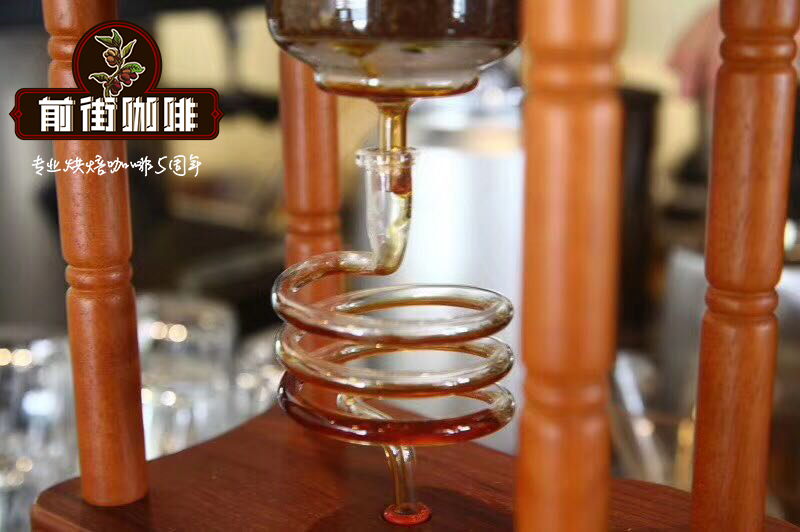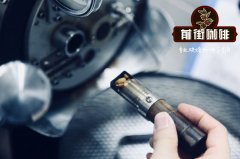Flavor and taste characteristics of AA washed beans from Mulankaga Tubu treatment Plant, Kenya?

Professional coffee knowledge exchange more coffee bean information please follow the coffee workshop (Wechat official account cafe_style)
Flavor and taste characteristics of AA washed beans from Mulankaga Tubu treatment Plant, Kenya?
Producing area: Mulanka County, Kenya, Africa
Sea pull: 1850 meters
Processing plant: Gatubu plus cloth
Varieties: SL28, SL34
Treatment: Kenyan washing
Kenya, adjacent to Ethiopia, has been famous since the 1950s for its improved SL28 and SL34 bourbon (Bourbon) varieties with extremely varied and unparalleled lemon aromas. The Gatomboya cooperative is made up of several small farmers who grow traditional and unimproved traditional varieties. The processed coffee still maintains the ancient tradition, and the fully ripe cherries picked by hand are dried on the African viaduct after water treatment on the same day. In the well-known coffee evaluation website Coffee Review, has achieved 92, 91 high scores, the two evaluations are medium roasted to show the diversity of its flavor and aroma level, for lovers who like the Kenyan sour flavor and tropical fruit flavor, this must be an excellent coffee!
Kenya, located in East Africa, is one of the major coffee producing countries. More than 6 million people in the country are engaged in the coffee industry, mostly in the form of a combination of small farmers and cooperatives. Coffee trees in Kenya are mostly planted at 1400 m-2000 m above sea level, and the growth areas include Ruiri, Thika, Kirinyaga and Mt. Kenya West, Nyeri, Kiambu and Muranga. Mainly in the foothills of Mt.Kenya and Aberdare. There are many producing areas in Kenya that strive to preserve the native forest ecosystem, protect the natural gene pool, support the reproduction of wild coffee varieties and breed a variety of coffee trees. In 1930, the unique Kenyan varieties SL28 and SL34, which were cultivated and named by the "Scott Laboratories" laboratory, were born under such a good environment. According to botanists in SL laboratory, SL28 and SL34 are genetic variants. Among them, SL28 has the mixed blood of French missionaries, mocha and Yemeni Tibica.
Important Notice :
前街咖啡 FrontStreet Coffee has moved to new addredd:
FrontStreet Coffee Address: 315,Donghua East Road,GuangZhou
Tel:020 38364473
- Prev

Kenya Kirin Yaga producing area introduces the taste of Kenya Kirin Yaga coffee beans
Professional coffee knowledge exchange more coffee bean information please follow the coffee workshop (Wechat official account cafe_style) Kenya Kirin Yaga season Chu Valley Kirinyaga processing plant KenyaKirinyagaGichuguABTOP citrus, lemon, hazelnut and dried egg flower
- Next

Ethiopia Sidamoguji Fruit Wine Coffee Bean introduction Sidamo Coffee
Professional coffee knowledge exchange more coffee bean information please follow the coffee workshop (Wechat official account cafe_style) the Guji producing area of southern Ethiopia is adjacent to the Sidamo and Gedeo areas, the territory is straddled by towering mountains, highlands, highlands, valleys and plains, with diverse topography. The geology of this area belongs to volcanic soil with rich nutrients and good drainage.
Related
- Detailed explanation of Jadeite planting Land in Panamanian Jadeite Manor introduction to the grading system of Jadeite competitive bidding, Red bid, Green bid and Rose Summer
- Story of Coffee planting in Brenka region of Costa Rica Stonehenge Manor anaerobic heavy honey treatment of flavor mouth
- What's on the barrel of Blue Mountain Coffee beans?
- Can American coffee also pull flowers? How to use hot American style to pull out a good-looking pattern?
- Can you make a cold extract with coffee beans? What is the right proportion for cold-extracted coffee formula?
- Indonesian PWN Gold Mandrine Coffee Origin Features Flavor How to Chong? Mandolin coffee is American.
- A brief introduction to the flavor characteristics of Brazilian yellow bourbon coffee beans
- What is the effect of different water quality on the flavor of cold-extracted coffee? What kind of water is best for brewing coffee?
- Why do you think of Rose Summer whenever you mention Panamanian coffee?
- Introduction to the characteristics of authentic blue mountain coffee bean producing areas? What is the CIB Coffee Authority in Jamaica?

